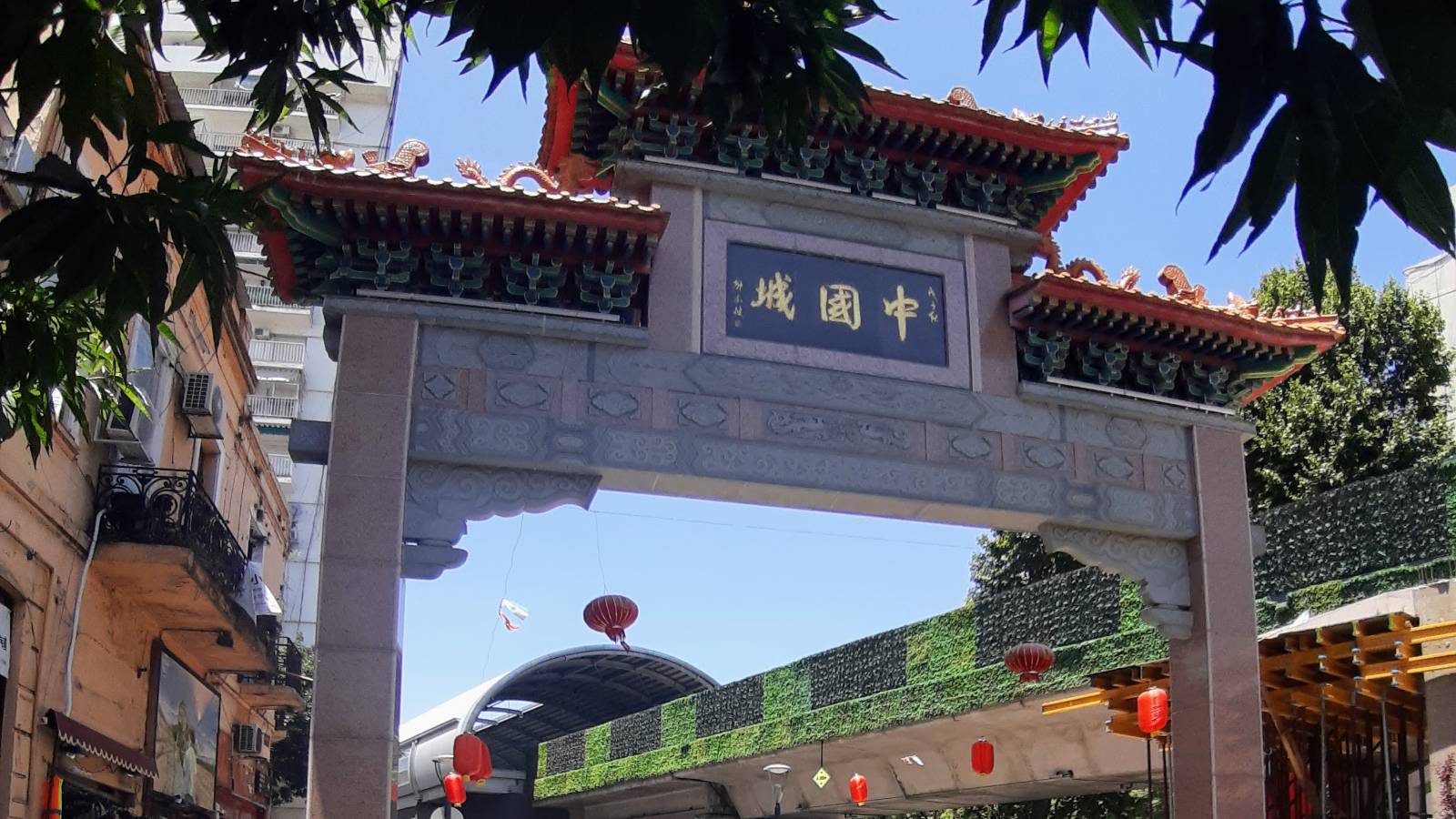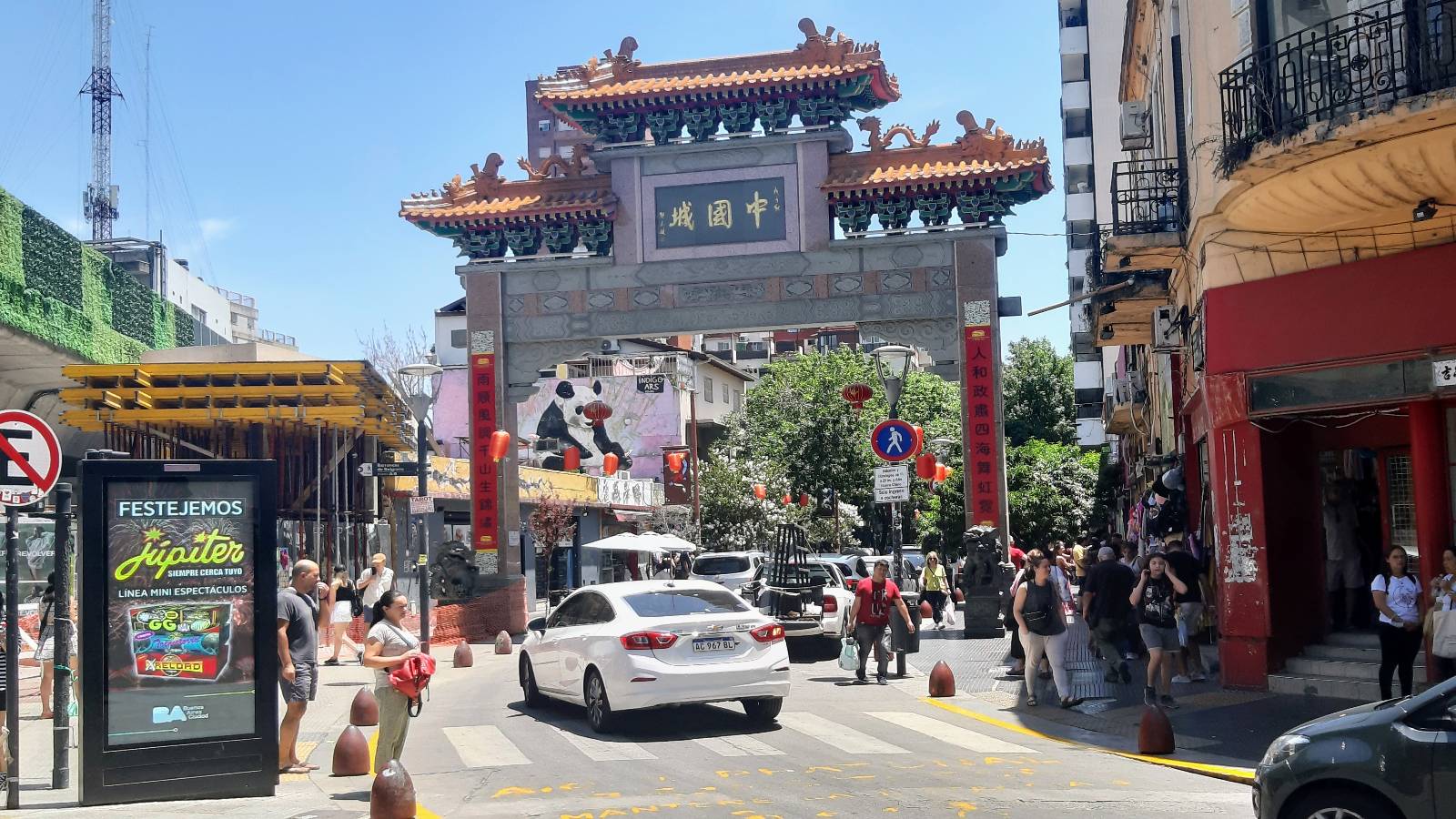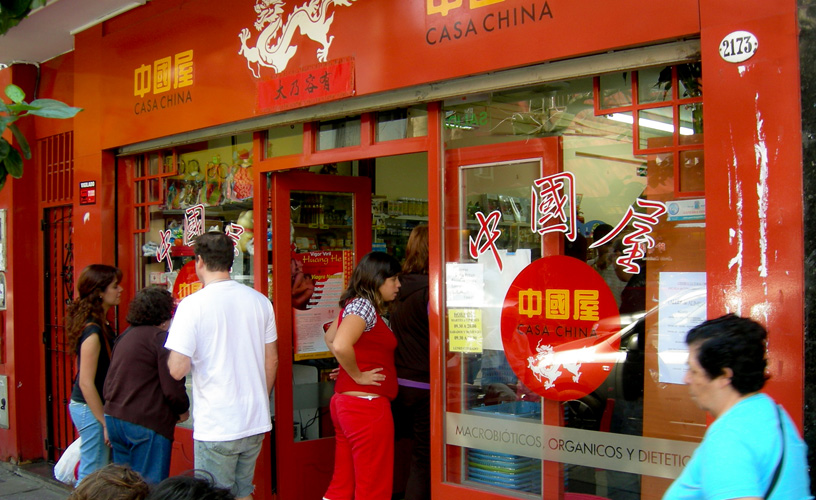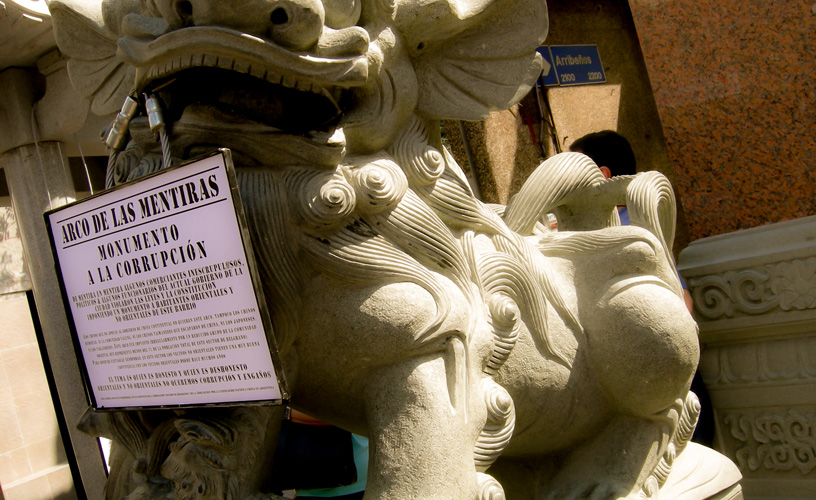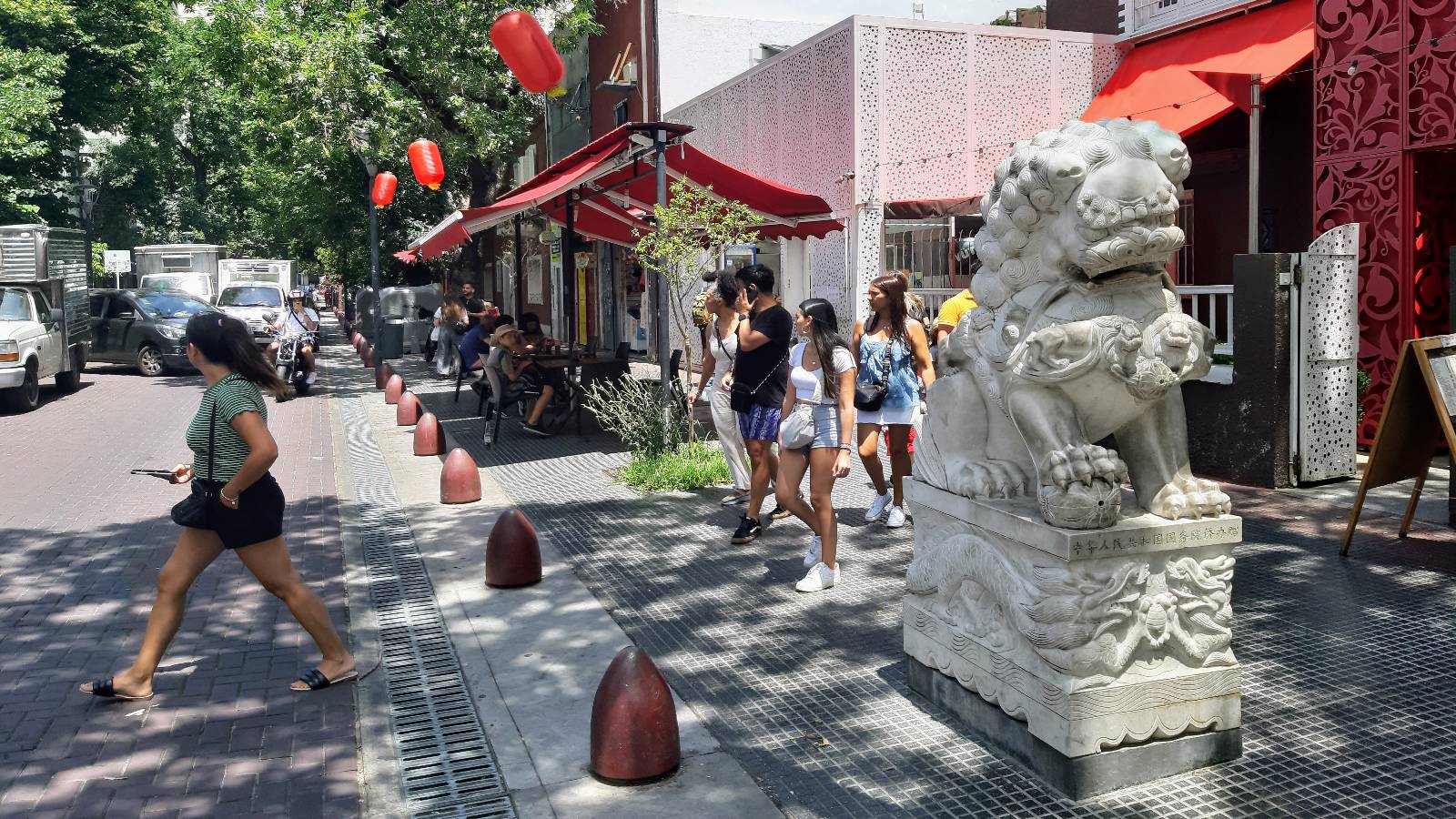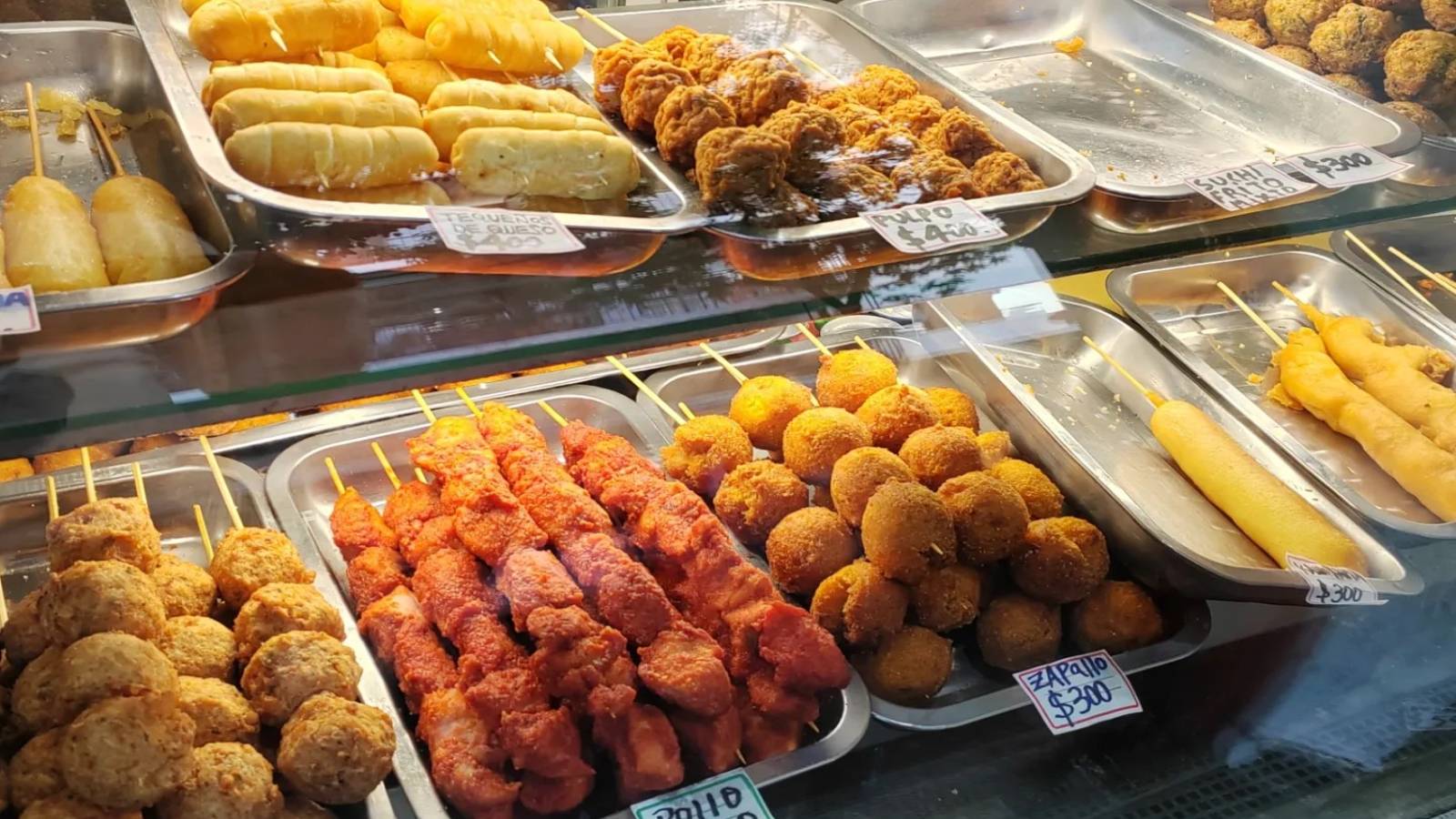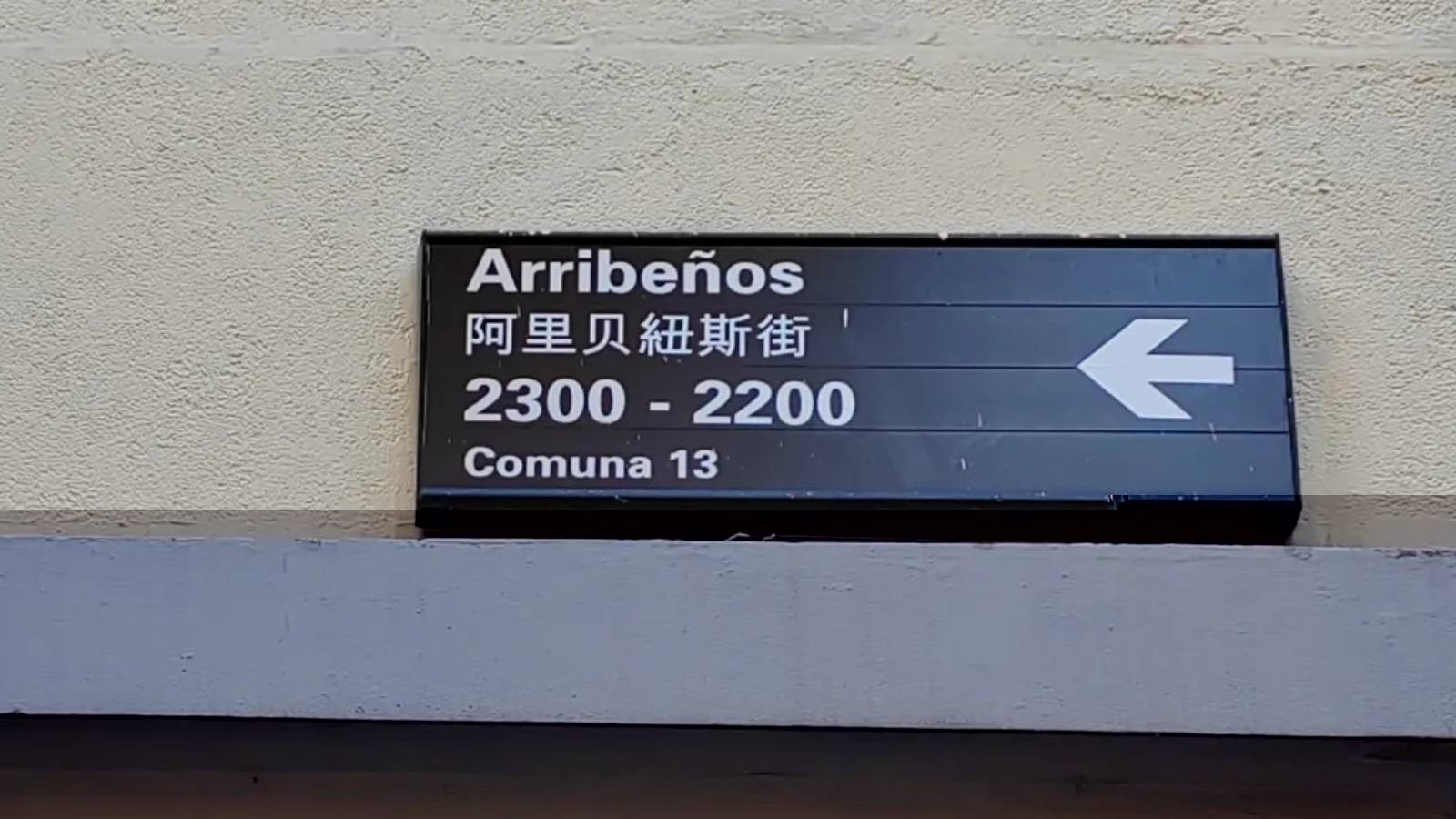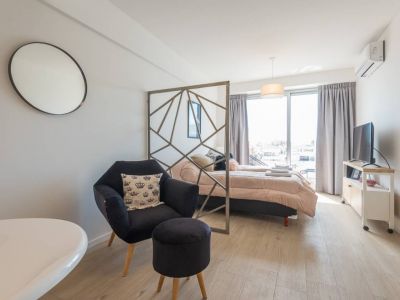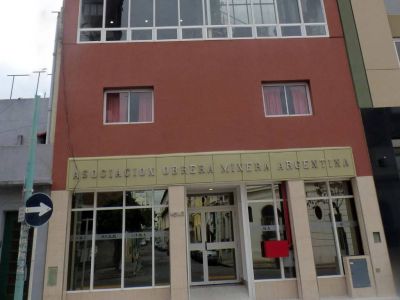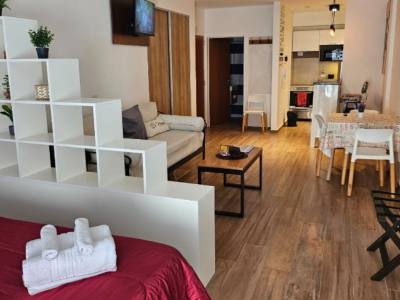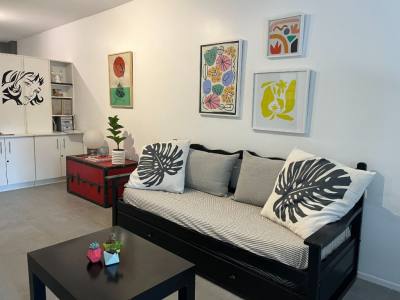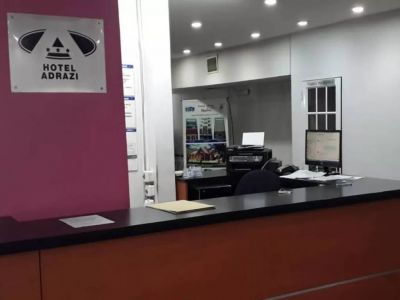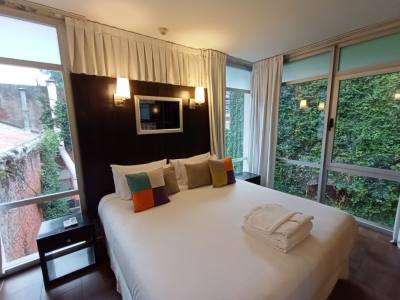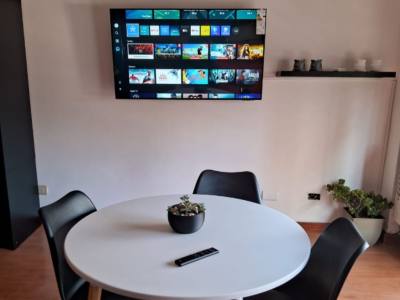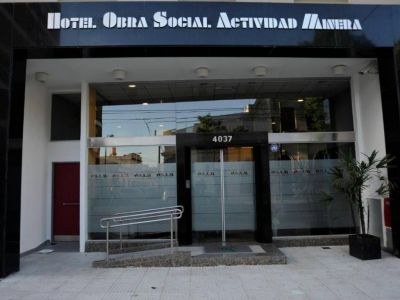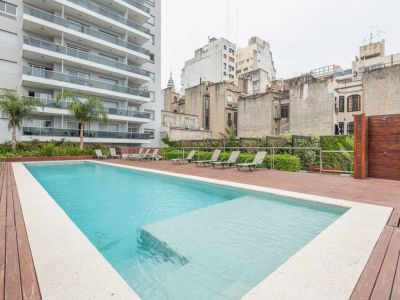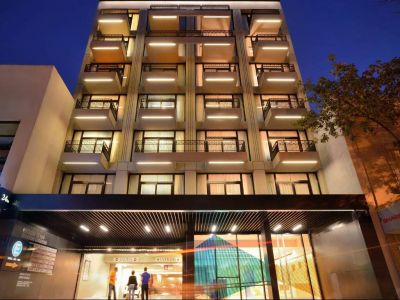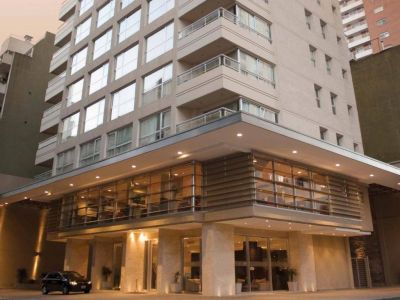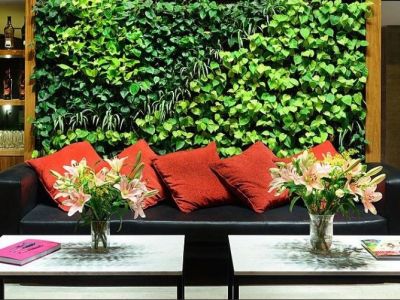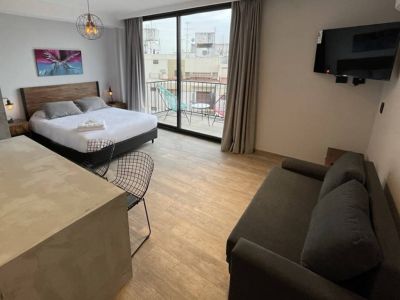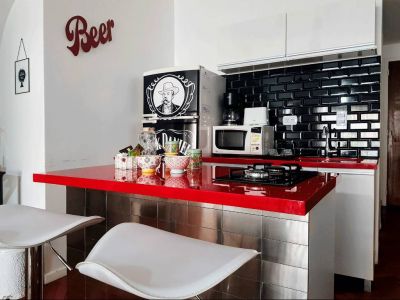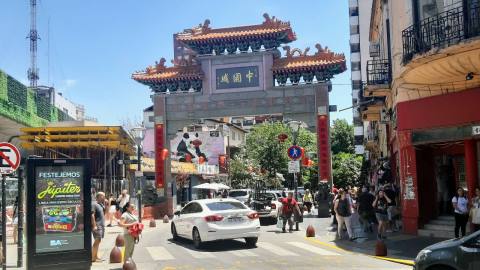Occupying several blocks, Chinatown is an outburst of life open to make contact with other cultures.
One sunny Sunday in Spring we went for a ride around one special nook in Belgrano that is becoming more and more popular: Chinatown. One part of the community of immigrants from the other side of the planet settled down at this spot and in the last few years, it has become a destination for porteño denizens who wish to try exotic dishes, buy Feng shui itemsjust catch a glimpse of some foreignness in their own city.
Reality and Tour
So-called “Chinatown” is not really a towna settlement for immigrants coming from the People’s Republic of China. This is just a space of four blocks near the Belgrano cliffs that began to be populated by Taiwanese people who arrived in Argentina in search for a place where to gather in the late 1980s and early 1990s.
Hand in hand with the daily life of these immigrants, the kind of commerce that would satisfy their needs would flourish, namely, the famous Casa China (first supermarket in the “town”) and a pharmacy and botánica. As time went by, people from other countries came along. The community grew and entities such as a Buddhist temple and the Sin Hen Presbyterian church were founded.
Towards the early twenty-first century, this place came to gain fame amidst porteños and tourists visiting the city, especially for the concentration of the so-called Chinese food restaurants. More and more people started to take advantage of the local supermarkets and stores to have access to the products that could not be found anywhere else.
Already a tourist destination, more and more stands and decoration and feng shui stores were opened. Small cartsshop windows that sell fast Eastern food open on Sundays.
Even though part of the Chinatown phenomenon was specially created as a tourist attraction for western visitors who wished to taste the foreign cultures, the area preserves its identity.
Co-existence
In spite of what has just been mentioned, it should not be believed that the entire eastern community in Buenos Aires is concentrated in four blocks in the neighborhood of Belgranothat all the people who live there were bornare descendants of people who were born on the other side of the planet. In fact, the community is completely integrated to the city. What is more, the western neighbors of this area co-exist in perfect harmony with the eastern citizens.
A Controversial Arch
Part of the authenticity of Chinatown is related to the fact that the newly-arrived immigrants brought along their political differences. In July 2009, the Chinese Arch was settled over Arribeños Street. It was donated by the “Chinese community” of the City of Buenos Aires. Most members of the Neighborhood’s community reject this arch, just as evidenced by a sign hanging from it.
The issue is that what the western citizens label as “Chinese” includes in fact a wide exotic and far-away diversity that many times may turn out to be alien and misunderstood. But we may always take a step and get close to this spot and discover, for instance, that what looks a simple neighborhood is something far more complex.
New Year, New Space
A (new) tradition whose roots are going deeper and deeper in Buenos Aires is the celebration of the Chinese New Year. Depending on the year, it is celebrated at some time between January 21 and February 21 on Arribeños Street. Eastern and western people gather there to celebrate and enjoy the colorful festivities.
But year round, and especially on Sundays, anyone can visit Chinatown, taste a delicious dish, learn a little more about our eastern neighbors and enjoy a different kind of tour.
Marcos Rodríguez
Marcos Rodríguez
